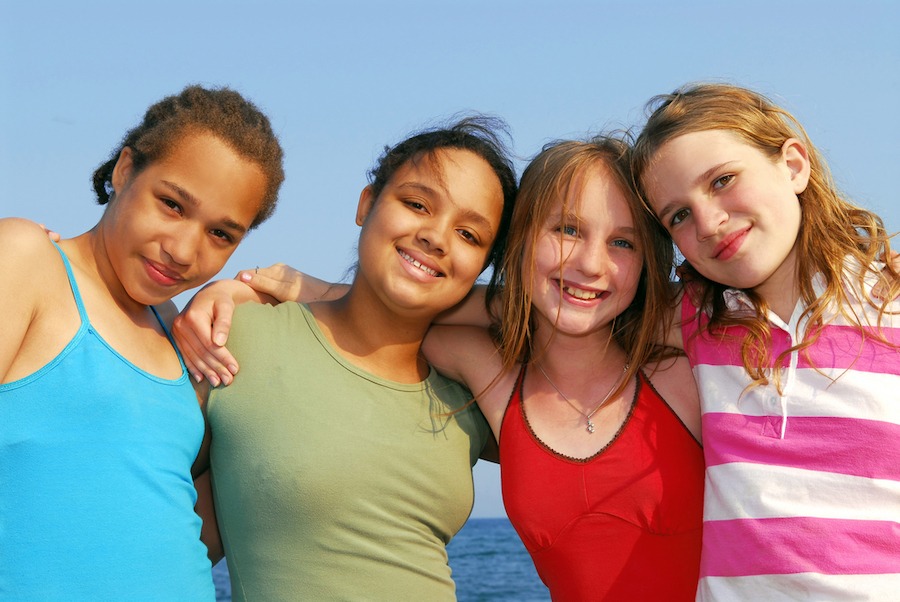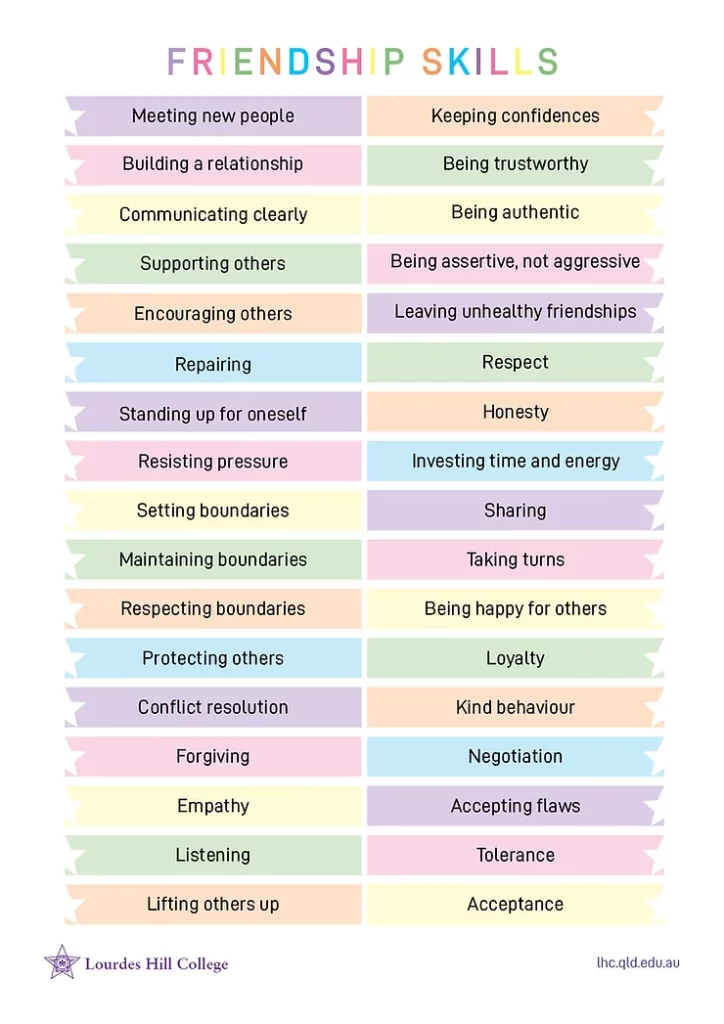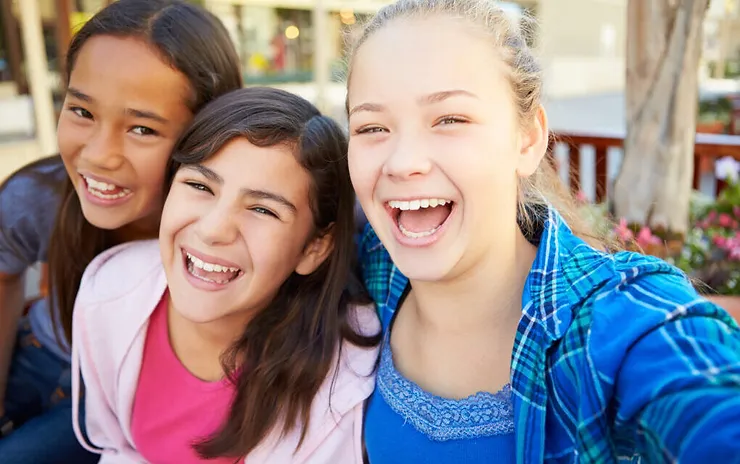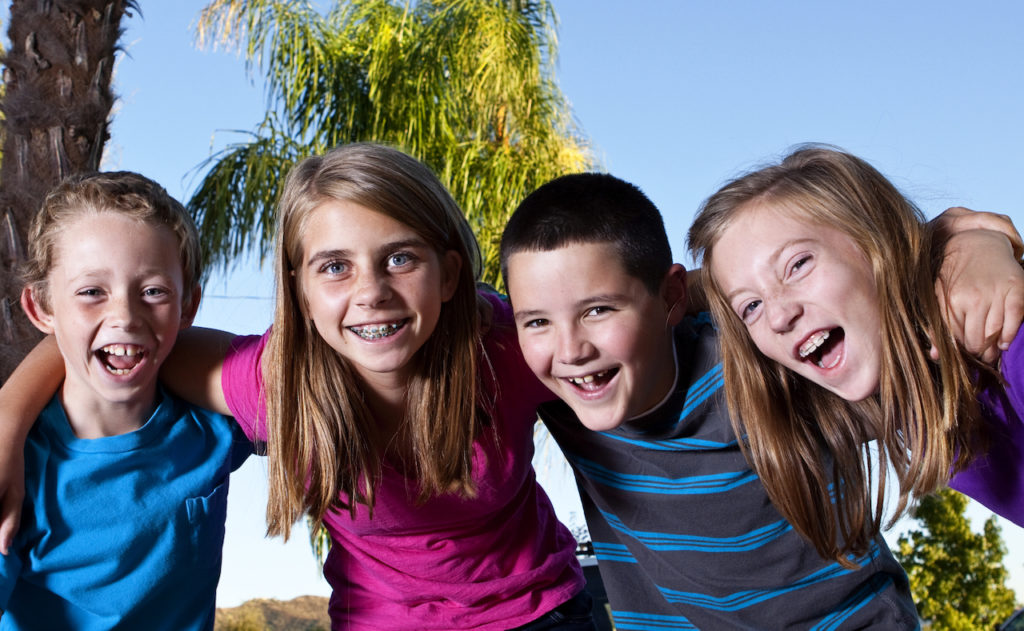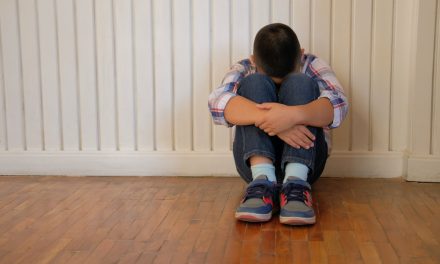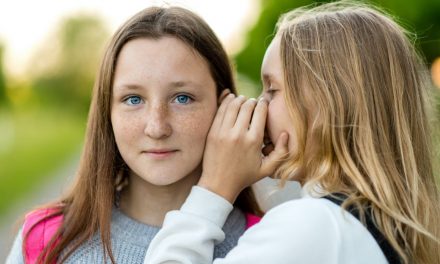When a child is born, they know as much about building friendships as they do about mathematics. Yet for some reason we spend over a decade teaching math and next to no time teaching friendship skills. Given that healthy friendships will nourish our kids for their whole life, it doesn’t make sense.
The lack of friendship skills in our kids is most obvious in first term. New classes mean old social groups are often separated and new people come into consideration. There is a shift in the status quo and students can feel displaced and anxious.
Students starting at a new school may have a more overwhelming experience. They meet a whole new cohort of peers and must make new friends. For an adolescent, this is a challenge, and it takes time.
Naturally, parents also find all this social change difficult. It’s hard to watch your child struggle or feel lonely and it is tempting to panic. However, it’s important you sit with your discomfort, and avoid rushing in to rescue them.
Your child doesn’t have to have a best friend by the end of first term. They need lots of new acquaintances who are potential friends.
All this discomfort is very human and inevitable, but it isn’t bad. It shows us the gaps in our kids’ skill sets and gives us an opportunity to help them learn.
What are the friendship skills a child needs to learn?
People underestimate how many skills are involved in building, maintaining, and sometimes moving on from friendships. The following is by no means an exhaustive list, but it is food for thought.
Maladaptive friendship skills
When children aren’t taught friendship skills, they ‘catch’ skills by watching and listening. They watch:
- their peers who are as unskilled as they are,
- film and television,
- their parents,
- older siblings, and
- social media.
Sometimes they get it right and all goes well. However, often they learn maladaptive skills which might make them feel popular and in control but are ultimately unhealthy and damaging to all involved. The most common of these maladaptive skills are often classified as relational aggression.
Relational aggression looks like:
- Belittling others
- Gossip
- The silent treatment
- Conditional friendship
- Manipulation
- Exclusion
This behaviour is gut-wrenching. It breaks our kids’ hearts and keeps parents and teachers up at night because it is so difficult to shut down without causing even more problems.
The thing about kids who employ these maladaptive skills is that they usually do it because deep down they want to fit in and belong. They have learnt that when someone else is ‘out’, they are ‘in’. When someone else is off-balance, they feel balanced, and when others feel uncomfortable, they feel more comfortable.
The tragedy is, they would experience the same feelings of belonging and empowerment if they had been taught and practised healthy friendship skills. There would just be less collateral damage.
It’s little wonder kids learn these maladaptive skills… they’re everywhere! Have a look at reality television: Bachelor in Paradise, Big Brother, MAFS. It may be entertaining but the drama is born of maladaptive skills. Even programming aimed at children often contains unhealthy social interactions to create drama.
Then there is the obvious complication of what is going on in the background for our kids. Many arrive at school with a history of trauma, grief, loss, learning differences, mental health issues, and other factors. All of these can contribute to their behaviour, interfere with learning healthy skills and exacerbate an already difficult situation.
So, whose job is it to teach friendship skills?
Ideally, teaching social skills should be a collaboration between parents and schools.
Lessons in building friendships from parents
Parents are a child’s first teachers. Your kids are always watching and learning from you. They are picking up the good and the bad. It’s a sobering thought! It is a parent’s responsibility to model and teach the skills you expect from your kids.
How do you do that?
Lourdes Hill College clinical psychologist, Kristina Morgan says, “Learning friendship skills happens when
- children have real emotional experiences,
- you guide them through those experiences in a constructive way,
- you role model healthy reactions and actions,
- they are empowered to practise their new skills, and,
- you coach instead of taking over.
“Your children didn’t know how to tie their shoelaces until they watched you do it. You talked it through and then they practised repeatedly. Learning friendship skills is the same.”
Parents can:
1. Speak positively about your own friends. Sometimes we unconsciously only talk about our friends when they fail us, which they inevitably do occasionally because they are human.
2. Put yourself in your child’s position. Show them how to make new friends by making new friends yourself. It’s not something we do often as adults.
3. Allow your child the opportunity to build new friendships. For example:
- Drop them off with time before Homeroom so they can interact with their peers.
- Encourage participation in extracurricular activities such as sport and service groups.
- Don’t be the person they message during the day. Open that space up for your child to lean on, and interact with, their peers.
4. Role model how to repair after conflict. This is especially powerful when you do it with the child themselves. When you say sorry to a child, they learn the skill from experience with their most adored teacher.
5. Point out and discuss healthy friendships when you see them in real life and on-screen.
Lessons in Building Friendships at school
Friendship curricula in schools are rare. However, some schools are brave and honest enough to acknowledge this ongoing skill shortage and try to rectify it.
At Lourdes Hill College in Brisbane, both the Wellbeing curriculum and their mentoring programs address friendship skills. Specialist staff overtly teach ideas such as:
- Developing friendship takes time and effort
- You need a variety of friends
- Give friends, and yourself, space to be
- Conflict happens and can be repaired
- Friendships end and that’s okay
- Boundaries are important
- Being popular is not as important as being a good friend
The college also offers programs like Magic in the Middle School which allows Middle School students the option of indoor and outdoor activities at lunchtime. All activities build social confidence, promote broad friendships, and mean nobody needs to be alone at lunchtime.
Final Thought…
School is the ideal environment for teaching friendship skills, as it is where friendship successes and problems are most likely to occur. It makes sense then that schools should partner with parents to teach healthy friendship skills whilst in situ. However, you must acknowledge the problem to solve it.
If parents and teachers can’t or won’t engage in teaching friendship skills, nothing will change. The same maladaptive skills will continue to hurt our kids. We can do better. Teaching friendship skills deserves the same commitment as teaching any other subject at school or skill at home.
This article was written by Linda Stade and first published by Lourdes Hill College.

